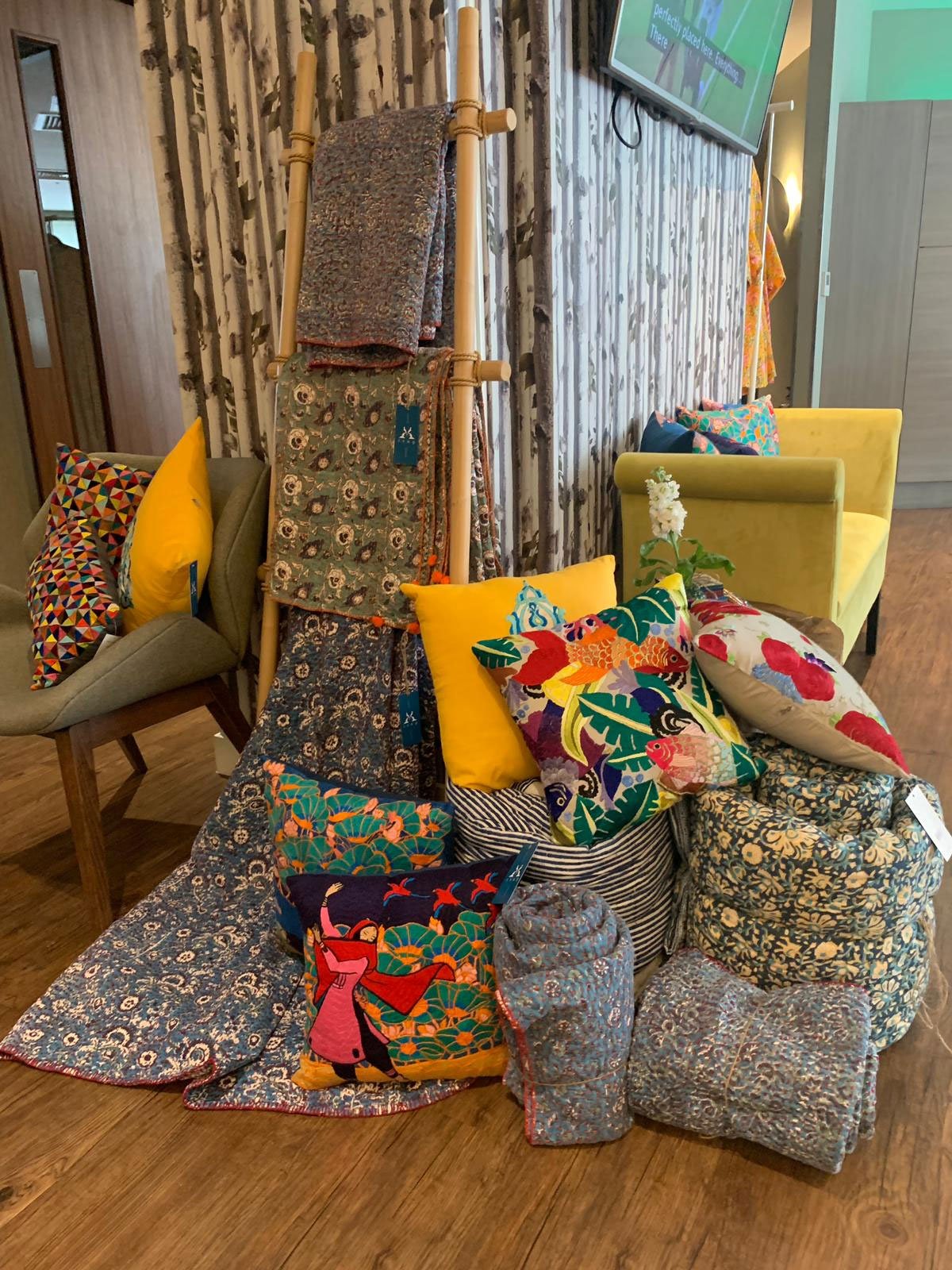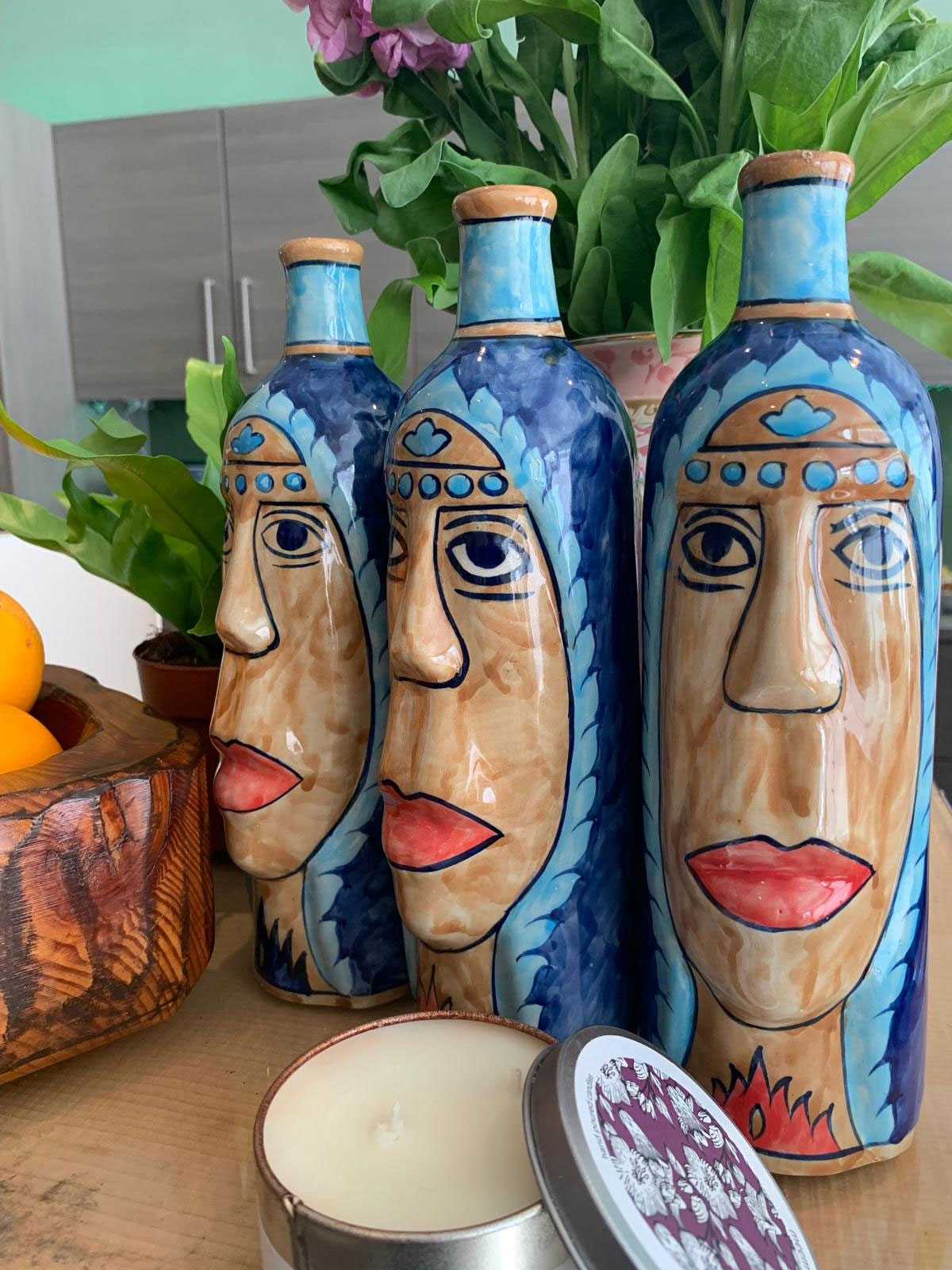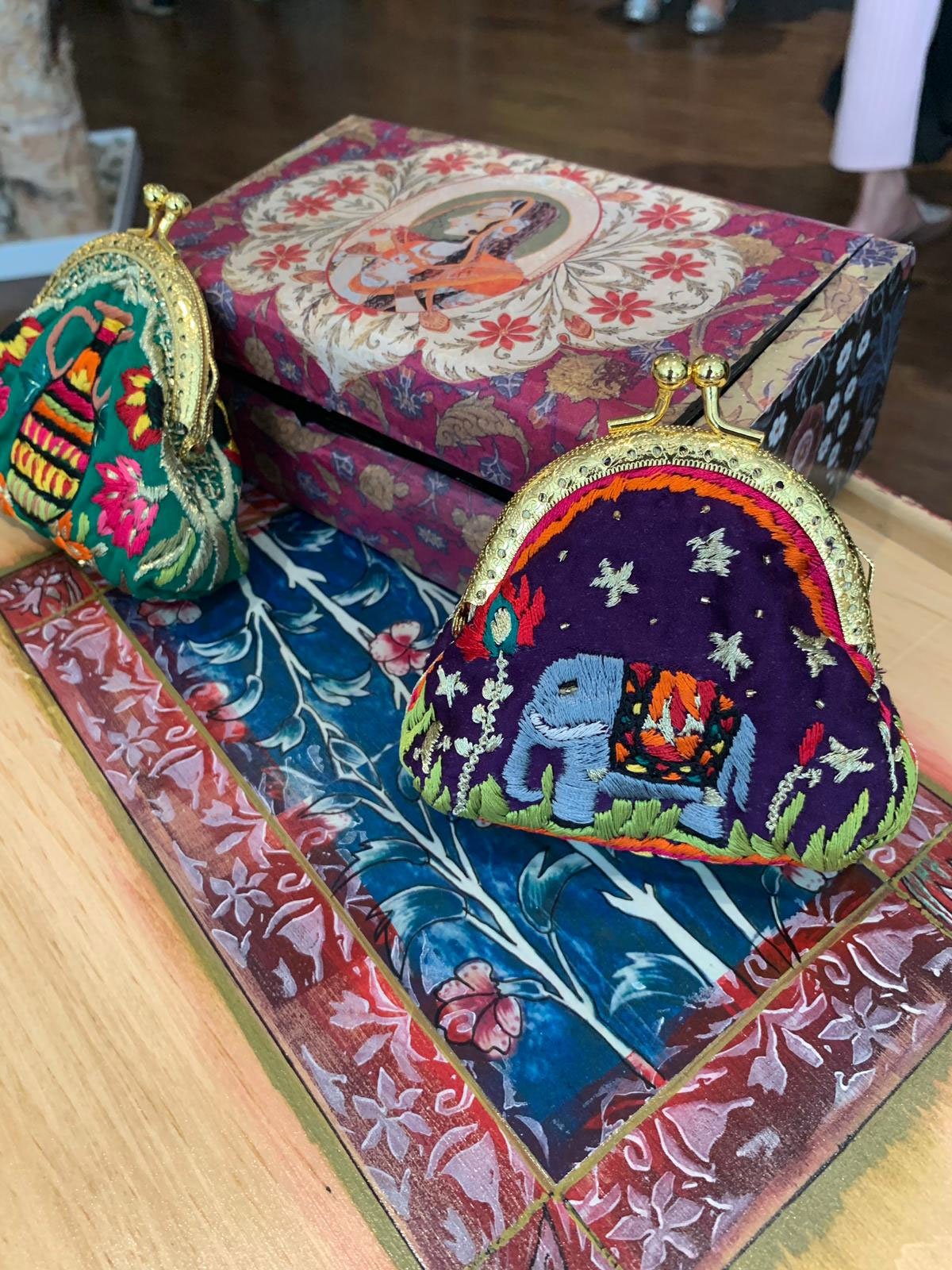ghazi52
PDF THINK TANK: ANALYST

- Joined
- Mar 21, 2007
- Messages
- 101,794
- Reaction score
- 106
- Country
- Location
Beautiful Pakistani handmade artisan products launched in UK

LONDON: Pakistani businesswoman and philanthropist Fatima Leghari has launched a lifestyle brand called Ishq in UK that brings beautiful handmade artisan products from Pakistan to the UK.
Fatima Leghari, the former President of South Punjab Women Chamber of Commerce and Industry, exhibited her homeware and clothing collection at a central London location which was well received as a large number of people turned up to support the venture.

Handmade pottery, embroidered cushions, throws, tea boxes and apparel were showcased as part of the collection.
Speaking to this reporter, Fatima Leghari explained that her brand Ishq is working in collaboration with designers, brands and artisans from Pakistan such as Kayal, Hipflask, CraftGalleria, TheCraftCompany, Clayworks, Ilona’s Atelier, Shazia Inayat and Sadia Anwar.
Hailing from the city of Multan, Fatima has always been fascinated by the rich heritage and the mysticism that surrounds it. She is extremely passionate about saving the indigenous crafts of Pakistan. Apart from setting up a craft company called CraftGalleria, she has worked with Tevta Pakistan to revive the craft of blue pottery (Kashi-gari) and has also held the post of an Advisor at BZU and Multan College of Arts.

She said she has launched her brand in London to connect the intrinsic beauty of cultures, bringing the East to the West. “ISHQ signifies love, passion and madness. I have created this for people who share a passion and appreciation for crafts. We are bringing a fusion to centuries old craft techniques by merging western design elements with the philosophy of wabi-sabi. Wabi-sabi is the appreciation of imperfection that stems from Buddhist and Japanese cultures.”

She feels that it is important to encourage others to rediscover tradition and to seek out products that reveal a story which connect to our soul and mysticism. “Each of our bespoke items reveal a unique story.”
Fatima Leghari explained that there are very few products from Pakistan available in the UK market that offer the same level of quality and design. It has always been her mission to ensure that all her products are conscientiously crafted, responsibly sourced, sustainable and ethical without the need to compensate on style.
Leghari said feedback of her exhibition and the launch of homeware and clothing collection has been great.
She explained: “We had a really good feedback, most people were impressed by the craftsmanship and found the concept behind the products intriguing. The hand-embroidered cushions and throws were especially popular and people were amazed that our products are made in Pakistan because they have not seen something like this before.”
Fatima Leghari said that she plans to establish as a genuine brand that works with local communities and give a platform to small independent designers, curating an eclectic mix of inspired designs that are unique, handmade and quirky. We also want to promote Pakistani heritage and art to boost economic stability and increase our exports, she said.

LONDON: Pakistani businesswoman and philanthropist Fatima Leghari has launched a lifestyle brand called Ishq in UK that brings beautiful handmade artisan products from Pakistan to the UK.
Fatima Leghari, the former President of South Punjab Women Chamber of Commerce and Industry, exhibited her homeware and clothing collection at a central London location which was well received as a large number of people turned up to support the venture.

Handmade pottery, embroidered cushions, throws, tea boxes and apparel were showcased as part of the collection.
Speaking to this reporter, Fatima Leghari explained that her brand Ishq is working in collaboration with designers, brands and artisans from Pakistan such as Kayal, Hipflask, CraftGalleria, TheCraftCompany, Clayworks, Ilona’s Atelier, Shazia Inayat and Sadia Anwar.
Hailing from the city of Multan, Fatima has always been fascinated by the rich heritage and the mysticism that surrounds it. She is extremely passionate about saving the indigenous crafts of Pakistan. Apart from setting up a craft company called CraftGalleria, she has worked with Tevta Pakistan to revive the craft of blue pottery (Kashi-gari) and has also held the post of an Advisor at BZU and Multan College of Arts.

She said she has launched her brand in London to connect the intrinsic beauty of cultures, bringing the East to the West. “ISHQ signifies love, passion and madness. I have created this for people who share a passion and appreciation for crafts. We are bringing a fusion to centuries old craft techniques by merging western design elements with the philosophy of wabi-sabi. Wabi-sabi is the appreciation of imperfection that stems from Buddhist and Japanese cultures.”

She feels that it is important to encourage others to rediscover tradition and to seek out products that reveal a story which connect to our soul and mysticism. “Each of our bespoke items reveal a unique story.”
Fatima Leghari explained that there are very few products from Pakistan available in the UK market that offer the same level of quality and design. It has always been her mission to ensure that all her products are conscientiously crafted, responsibly sourced, sustainable and ethical without the need to compensate on style.
Leghari said feedback of her exhibition and the launch of homeware and clothing collection has been great.
She explained: “We had a really good feedback, most people were impressed by the craftsmanship and found the concept behind the products intriguing. The hand-embroidered cushions and throws were especially popular and people were amazed that our products are made in Pakistan because they have not seen something like this before.”
Fatima Leghari said that she plans to establish as a genuine brand that works with local communities and give a platform to small independent designers, curating an eclectic mix of inspired designs that are unique, handmade and quirky. We also want to promote Pakistani heritage and art to boost economic stability and increase our exports, she said.














 ..
..



